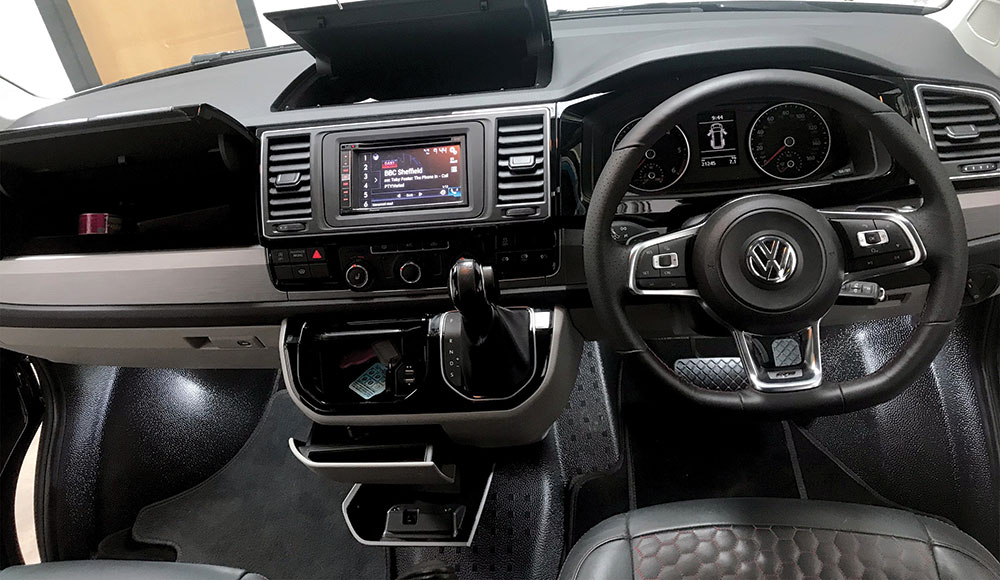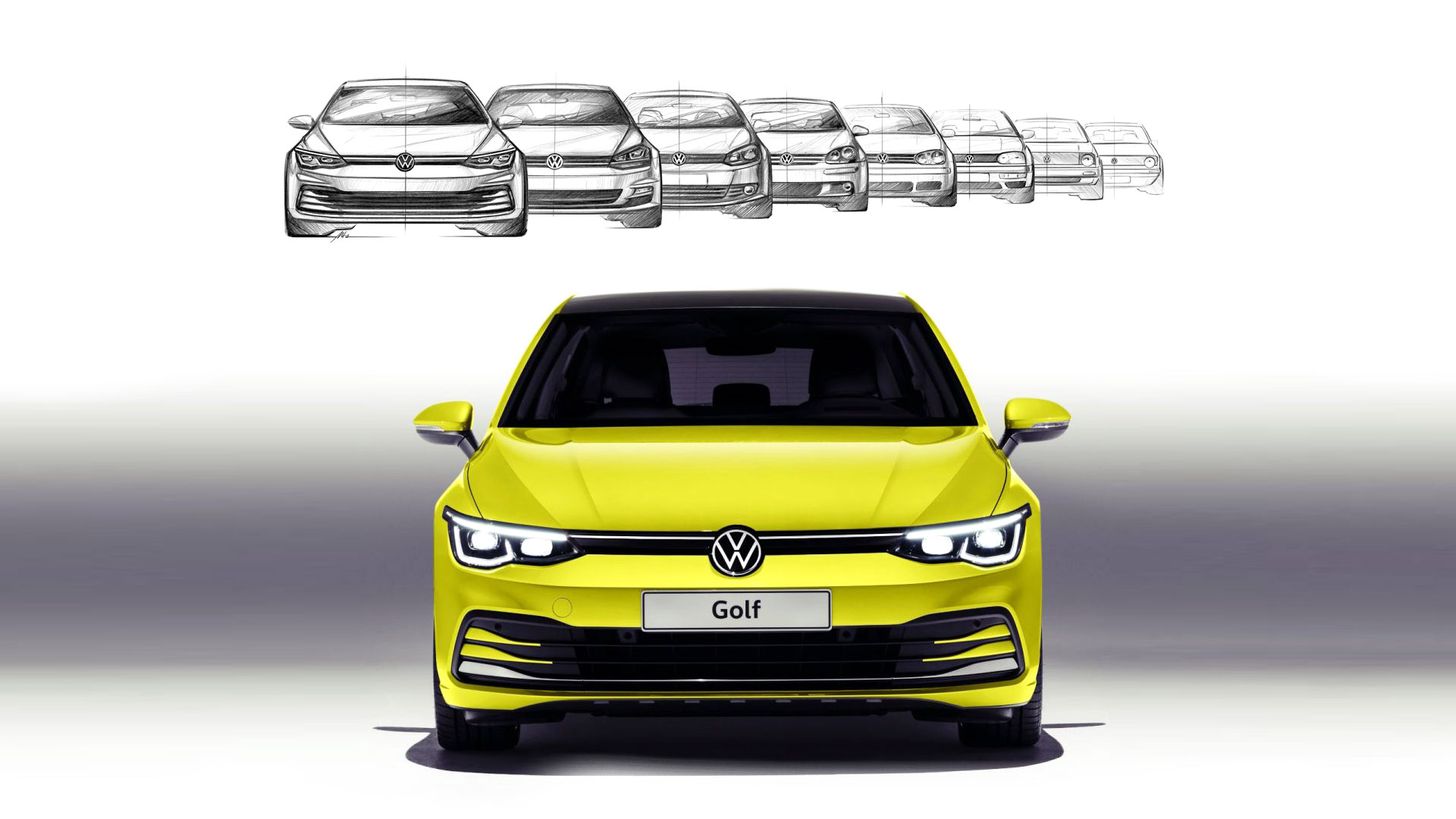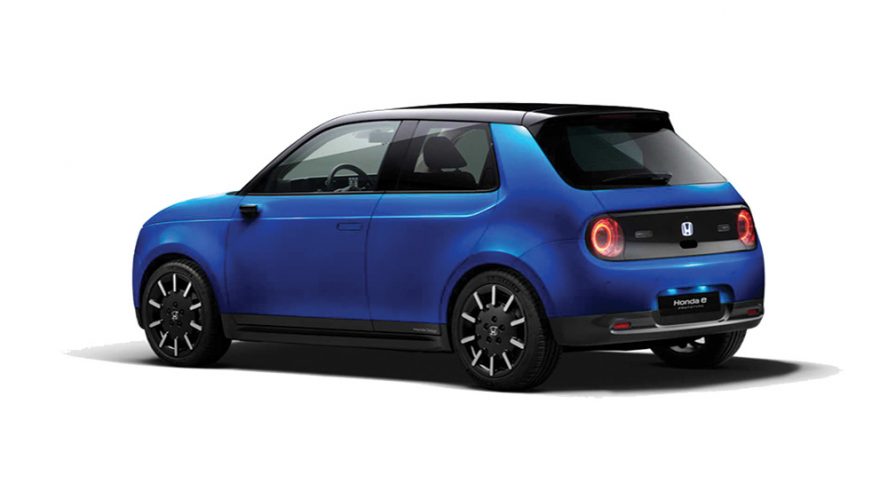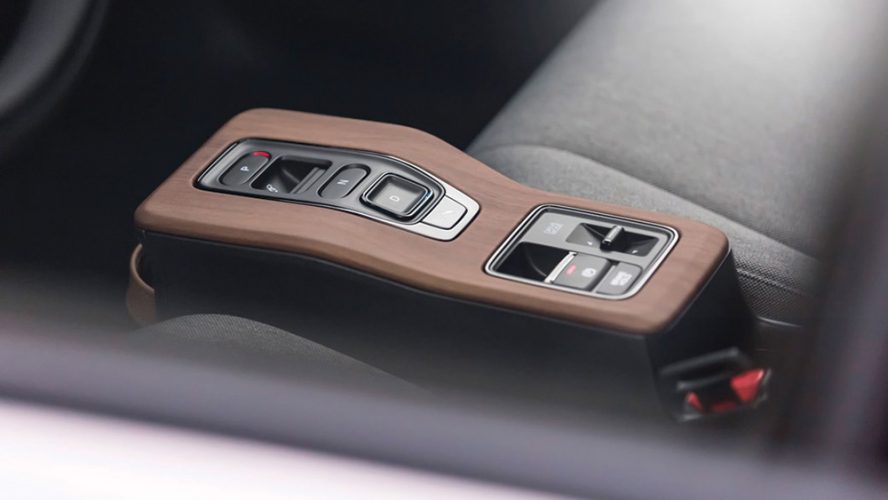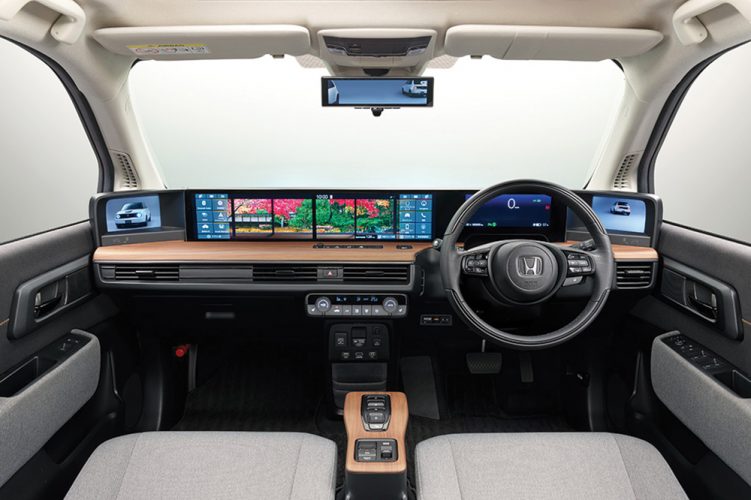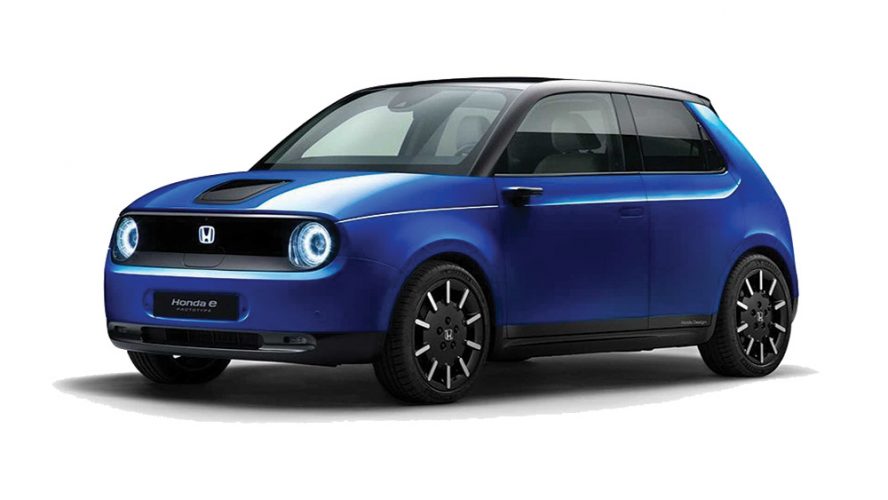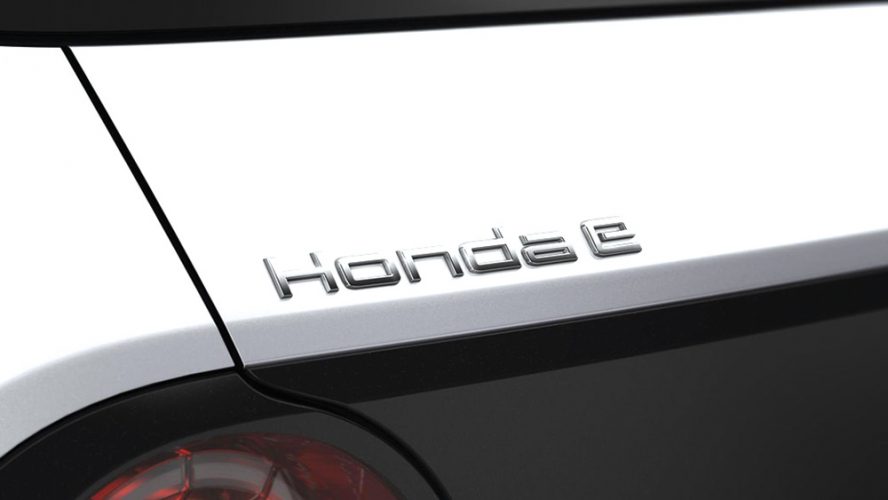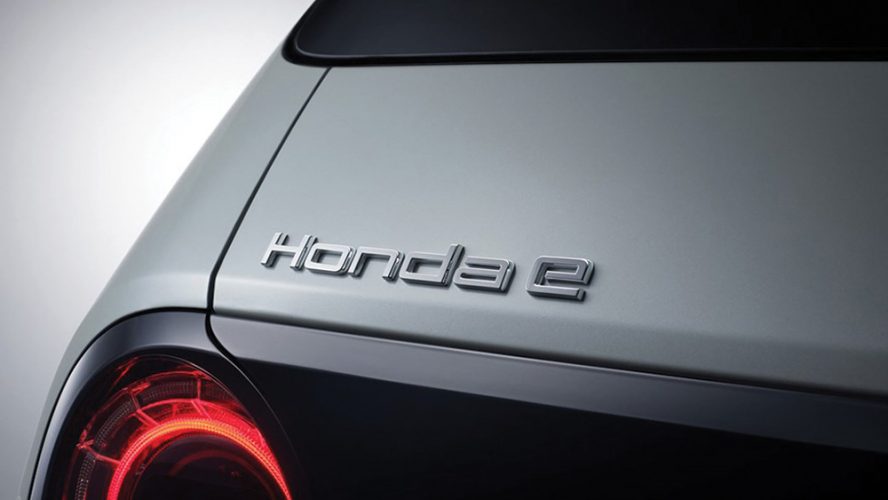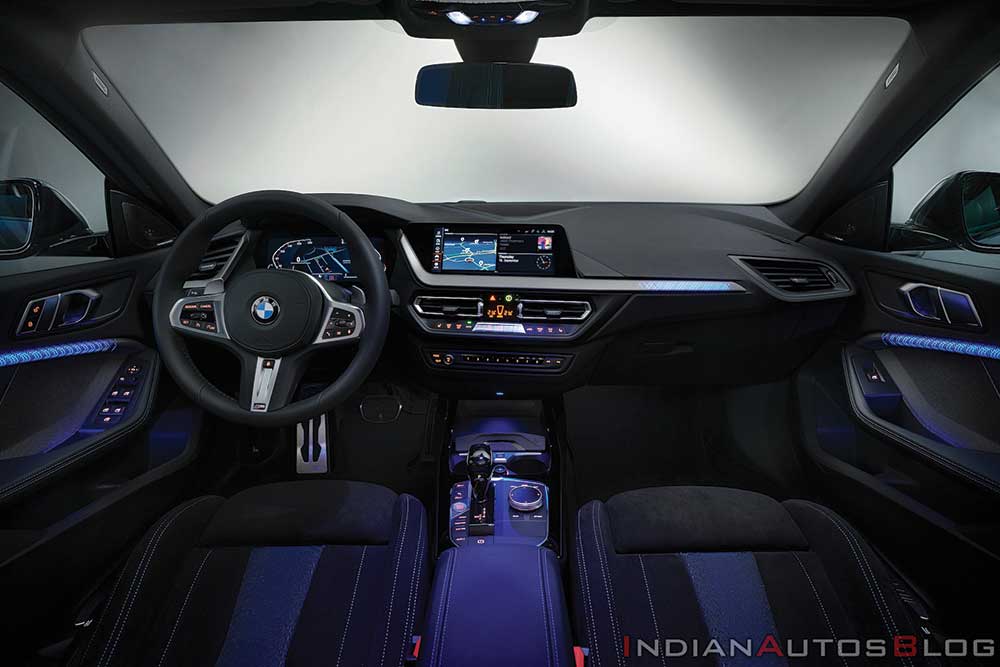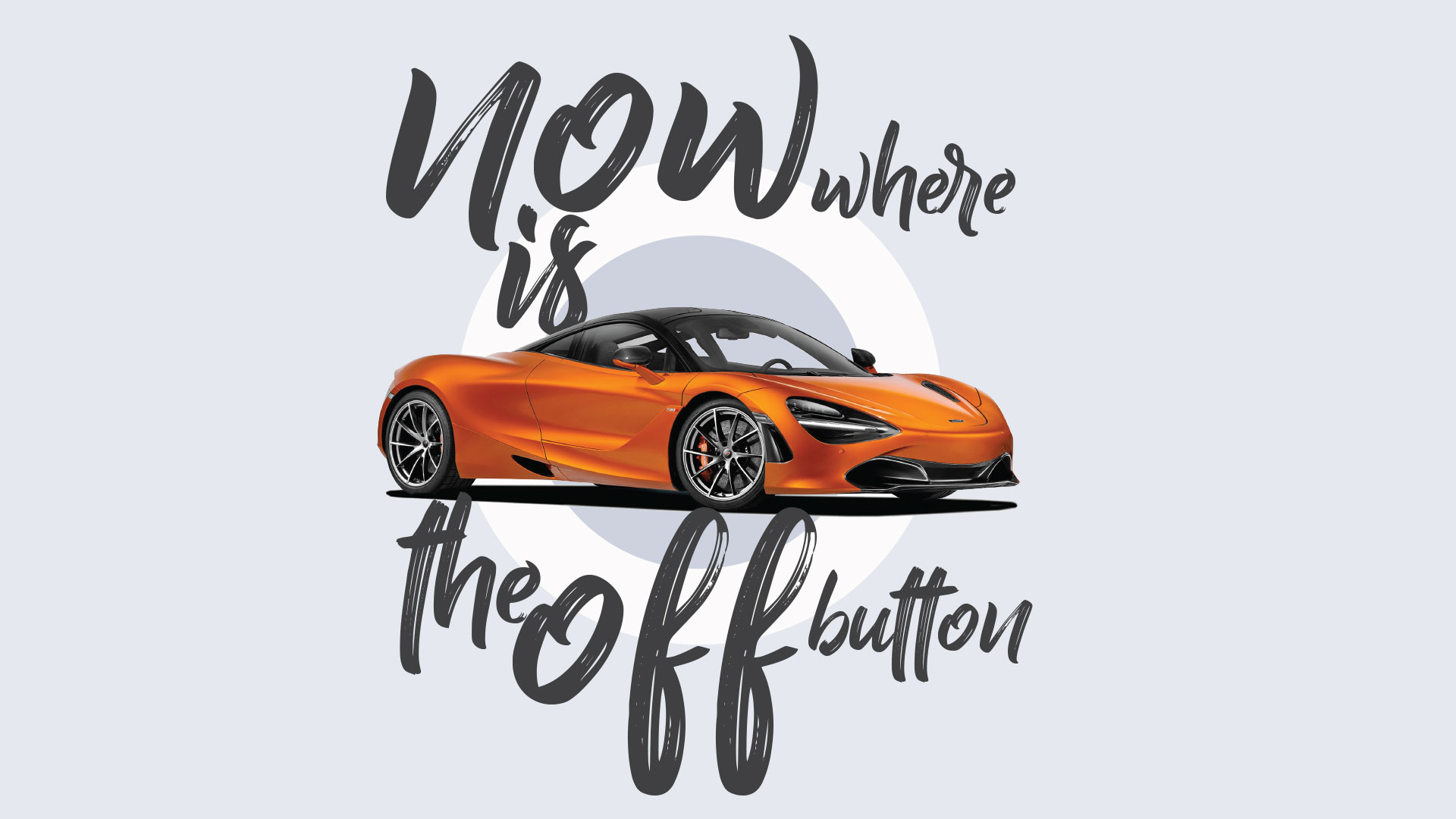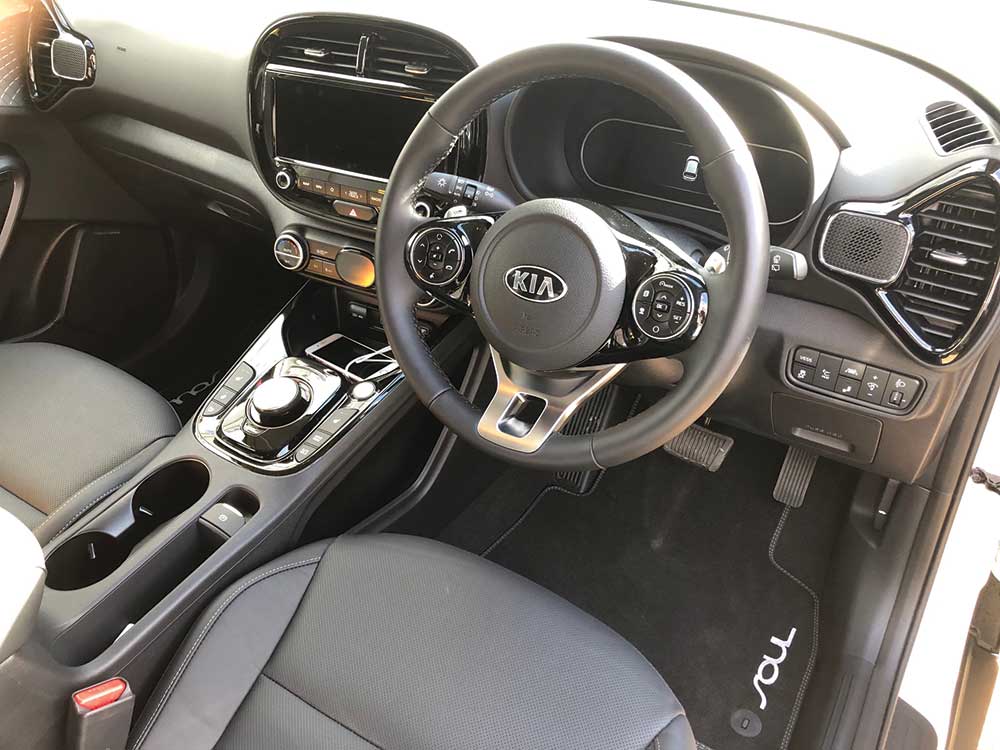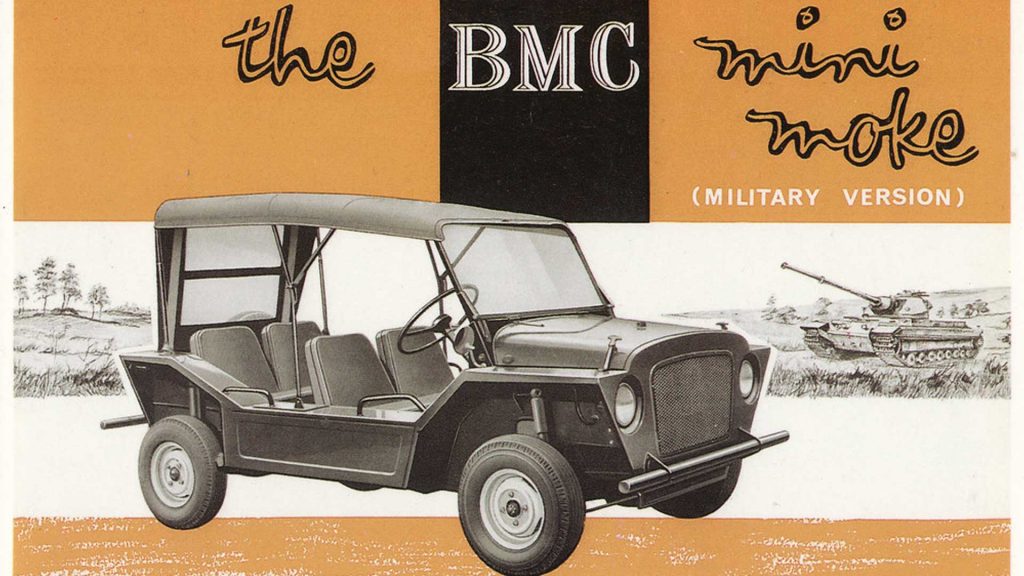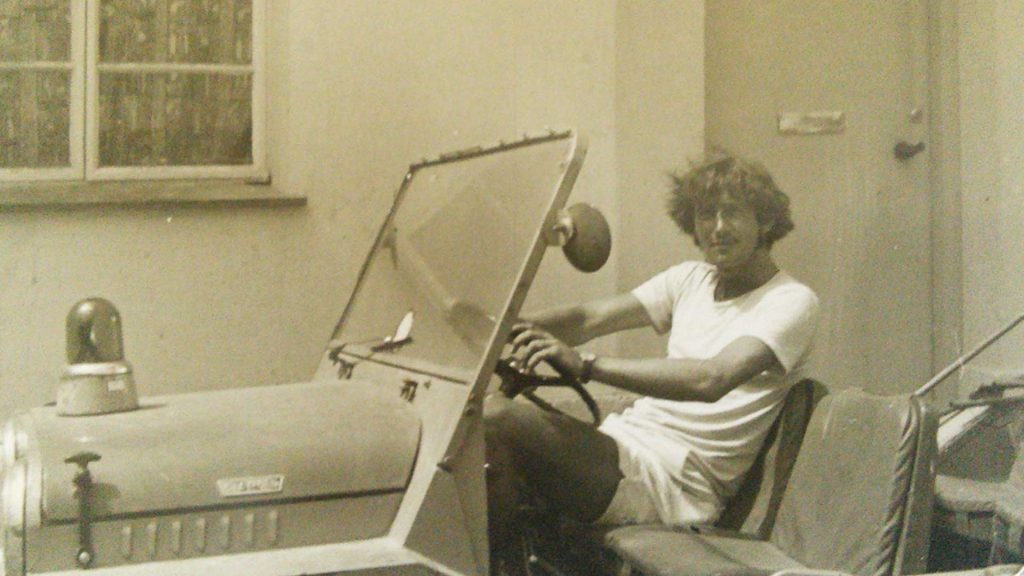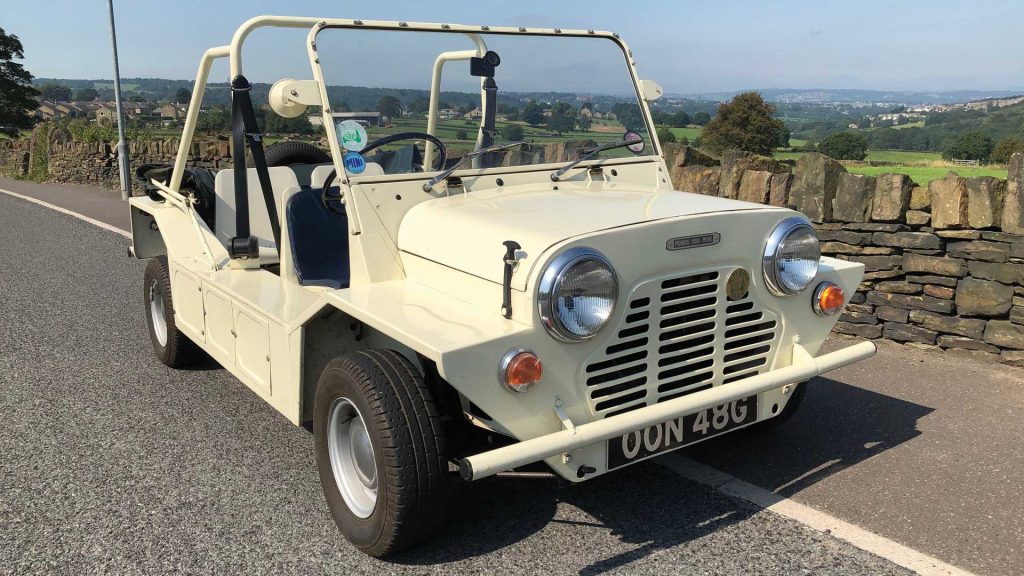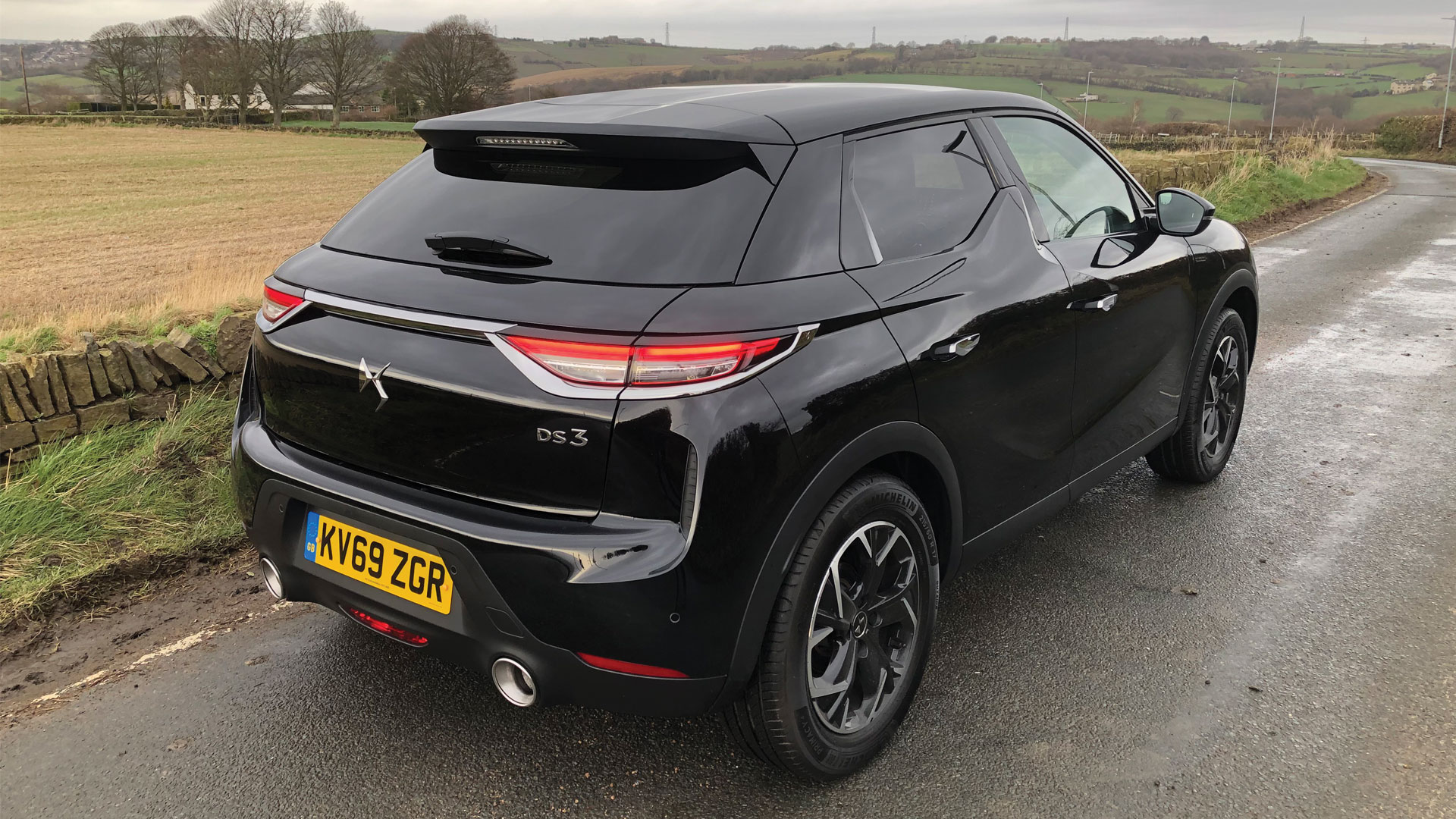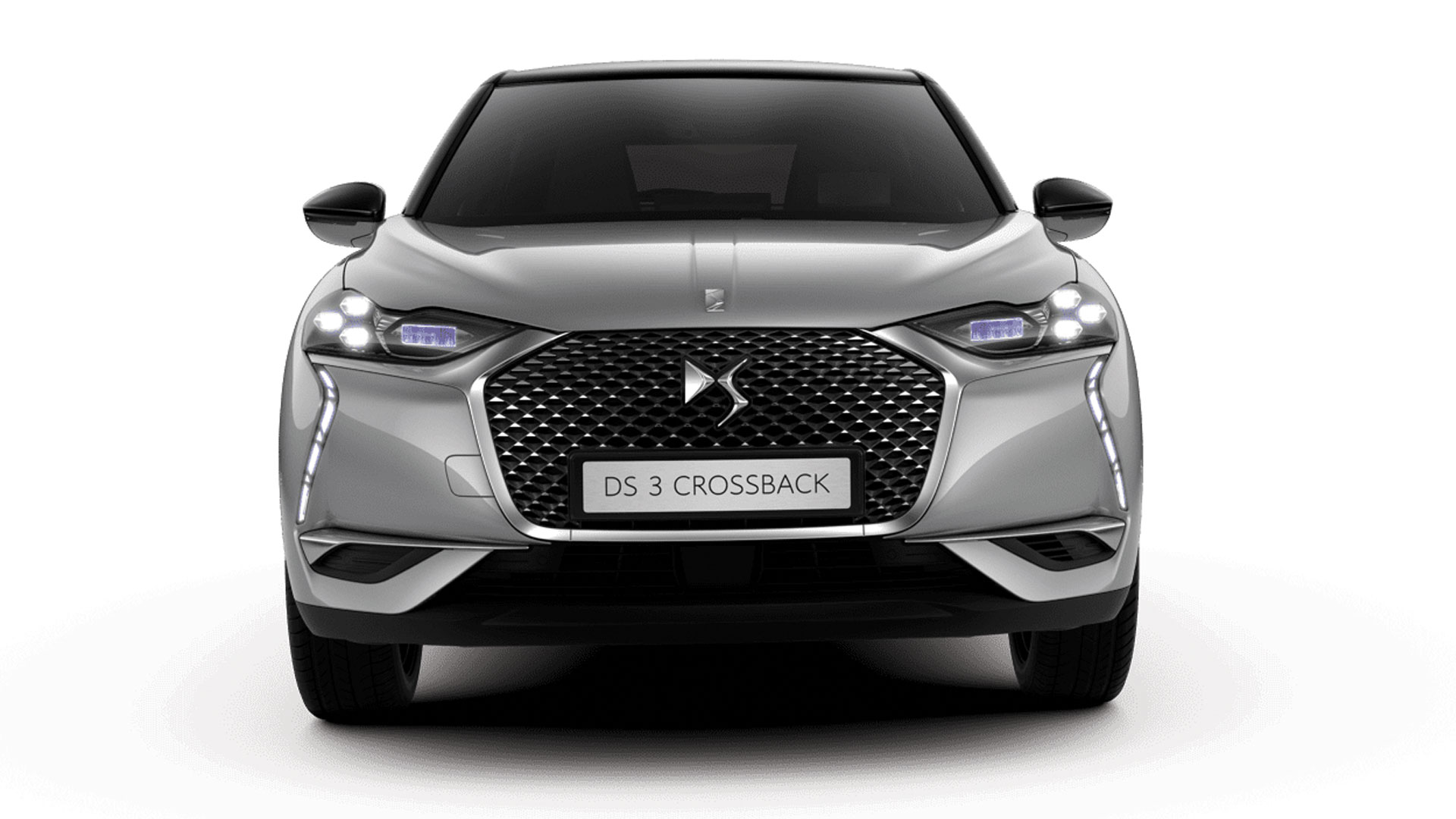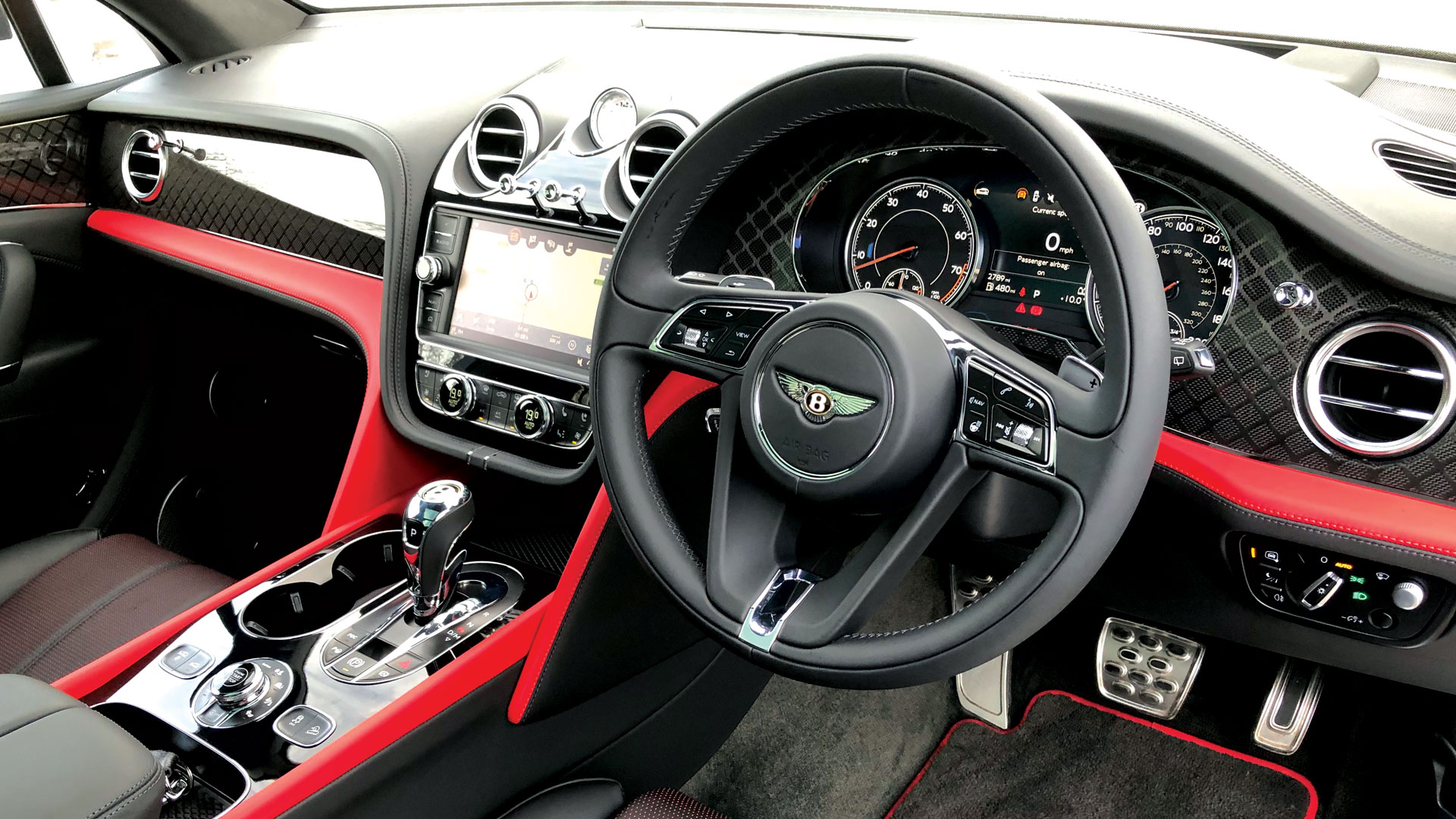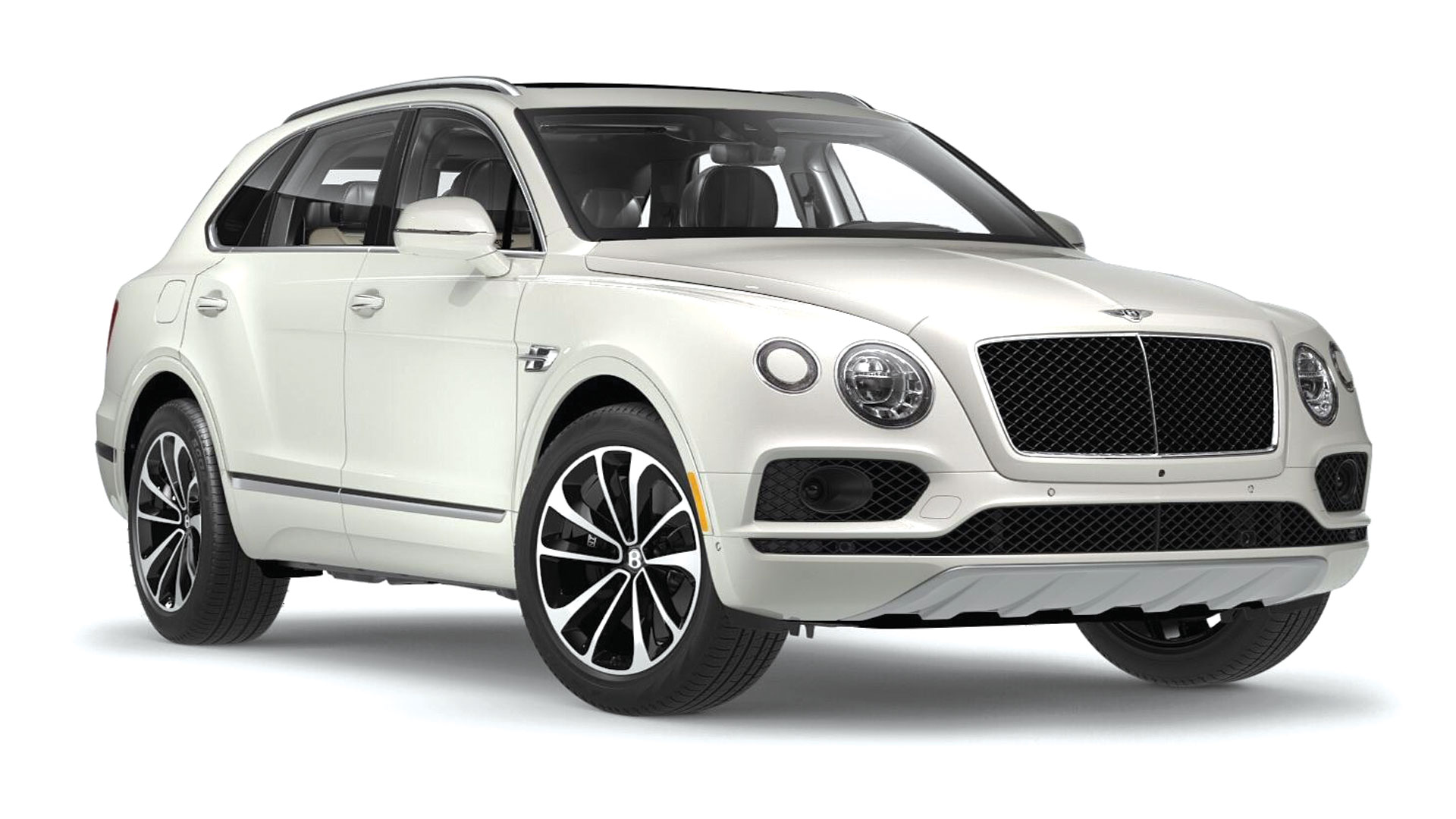VW Transporterkombi
Every home should have one, a people carrier and general vehicle that will do just about everything.
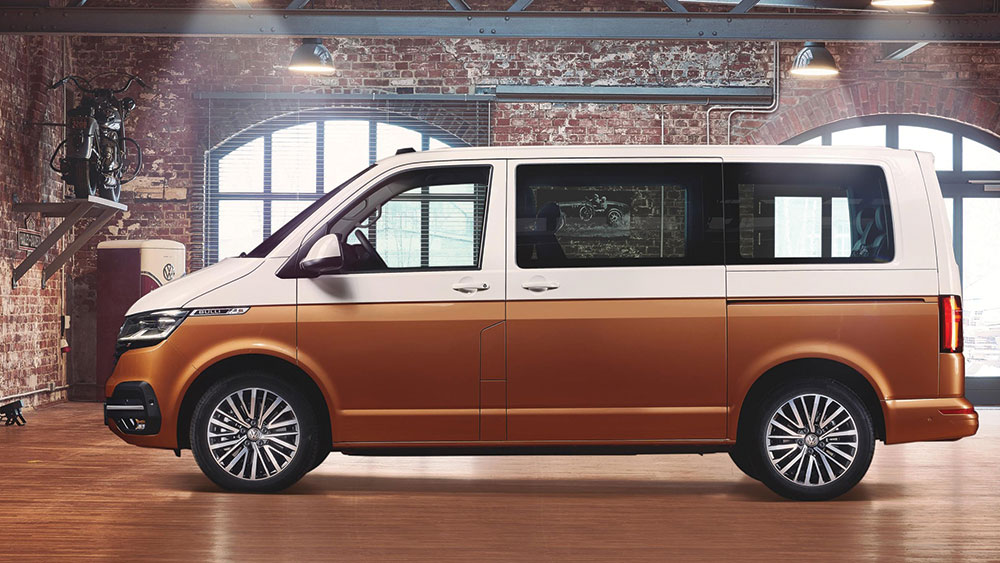
Volkswagen have been producing the “T” model vans since 1950, with the original the T1 being built for over 17 years until 1967. The Transporter has always been popular as both a working vehicle and also a leisure vehicle. There have been many variants and body styles of the Transporter from vans, pick-ups, minibuses, camper vans and many more variations.
The latest version is the T6.1 which was introduced late 2019, this was an improved version of the T6, I guess it wasn’t called the T7 as the modifications and changes were not enough to go from 6 to 7.
There are currently many models to choose from in the T6.1 range including the vans and pick-up, but the people carrier choices are the Kombi, a five seater, crewbus,with two rows of seats. A Shuttle with either eight or nine seats over three rows, then the Caravelle seven seat executive bus, with the second row having two rear facing seats, and a three-seater bench third row.
The T6.1 I had on test from VW UK Press Office was the Kombi Short Wheelbase Highline, which had five seats, then a huge cargo area behind the rear bench seat. This was ideal for getting five people in, with loads of legroom, and headroom, and room for bikes or luggage, so versatile and flexible.
But is it like a van to drive, well actually no it isn’t. Modern day vans from most manufacturers are very car like to drive, with all mod-cons including satellite navigation, air-con, heater and the same safety systems as cars. Gone are the days when the van driver was treated like a second class citizen with no nice features in the cabin.
The Kombi I had was powered by a 2.0-litre TDI Diesel engine that produces 150ps, goes from 0-62mph in 11.1 seconds, a top speed of 113mph (where permitted). During the week I had the VW it averaged around 47mpg, and admittedly I didn’t carry much weight, but if I had, then the fuel consumption would have been much higher. It was fitted with a very smooth 6-speed manual gearbox, which is “dash-mounted” and it easily slides from one gear to the next.
It does look a big thing, who wants a big van for everyday use, but in reality it’s not excessively large, in fact with it having a fairly short bonnet it really is no longer than a large saloon. But the real test is when you park it in a supermarket car park, and it easily fits in between the white lines, and doesn’t stick out at the rear. The downside is it’s height of 1,990mm so is a bit tight if you go into a multi-storey when they generally have a height restriction of 2m, you do need to take extra care.
Having a high seating position, you do feel like King of the World, and you do see things you don’t normally see in a regular car, a great driving position and the front seats with their armrests makes it a very relaxing and comfortable, so nice.
During the time I had the Kombi, there was many a time I felt I could just fill it up with diesel and drive for mile after mile, setting off for Southern Spain would be a very enjoyable experience and I would just love every minute of the long journey.
As brilliant as the Transporter is, and the great drive and the high level of standard equipment, there is just one drawback… the price.. the Transporter is expensive, the cost of the Kombi is £39,000, a big price to pay when new. But on the bright side, they do hold onto their value exceptionally well, but this in turn makes used ones look expensive. But they are very popular and always in demand, and I suspect this will be the case for a long time.
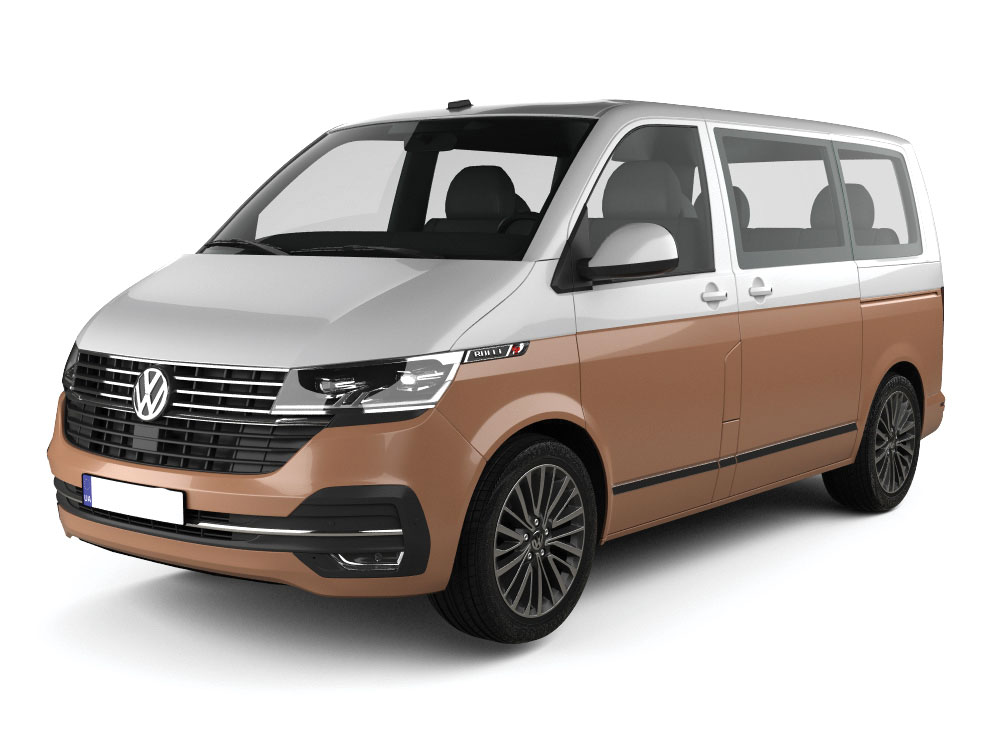
The T6.1 is just a brilliant vehicle.. and.. every home should have one…




